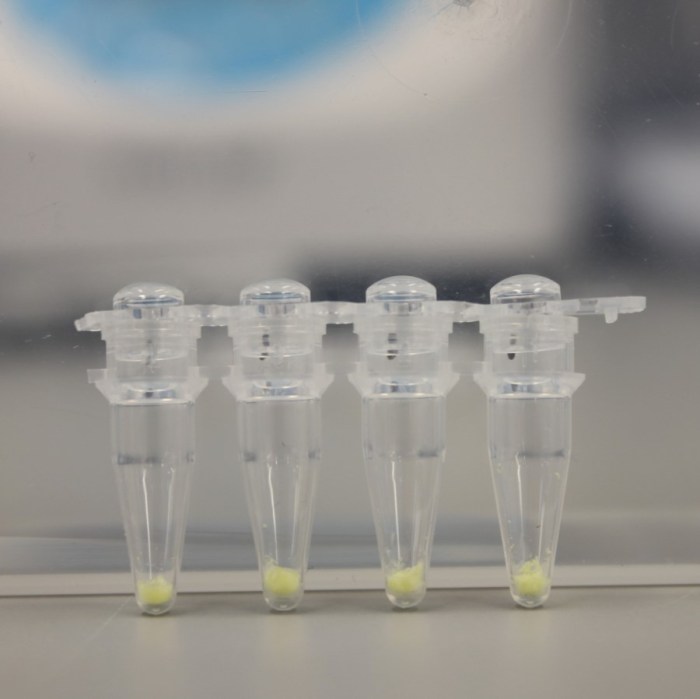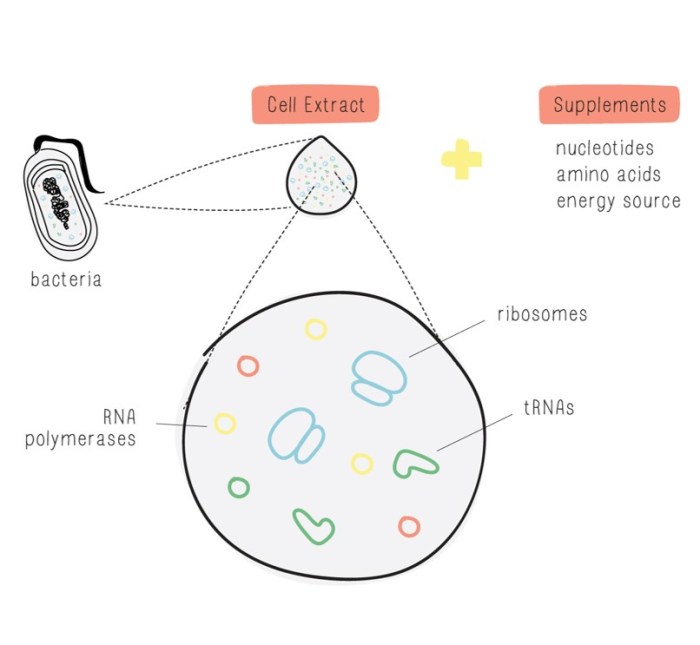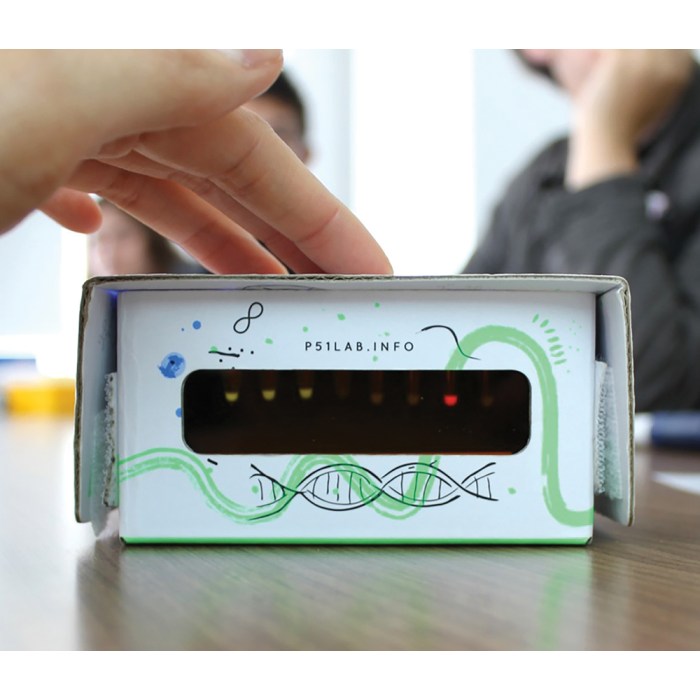Biobits central dogma lab answers – Embark on an enlightening journey into the Biobits Central Dogma Lab, where the fundamental principles of life’s blueprint are unraveled. Delve into the intricacies of DNA, transcription, translation, and gene regulation, gaining an unparalleled understanding of the molecular basis of inheritance and the remarkable processes that govern our very existence.
Through interactive simulations and engaging explanations, this lab provides a comprehensive exploration of the central dogma of molecular biology, shedding light on the mechanisms that underpin the storage, transmission, and expression of genetic information. Discover the significance of this groundbreaking research and its far-reaching implications for medicine, biotechnology, and our understanding of life itself.
Biobits Central Dogma Lab Overview

The Biobits Central Dogma Lab is an online interactive learning environment that explores the fundamental concepts of molecular biology, specifically the central dogma of molecular biology.
The lab provides a comprehensive overview of DNA structure and replication, transcription, translation, gene expression, and regulation. It utilizes interactive simulations, animations, and quizzes to enhance understanding and engagement.
Key Concepts and Principles
- The structure and organization of DNA, including nucleotides, base pairs, and the double helix.
- The process of DNA replication, including the roles of enzymes such as DNA polymerase and helicase.
- The process of transcription, including the formation of mRNA and the role of RNA polymerase.
- The process of translation, including the role of tRNA, ribosomes, and amino acids.
- The concept of gene expression and its regulation, including the role of transcription factors, promoters, and other regulatory elements.
DNA Structure and Replication
DNA is a double-stranded molecule that carries genetic information. Each strand consists of nucleotides, which are composed of a sugar molecule, a phosphate group, and a nitrogenous base.
The four nitrogenous bases in DNA are adenine (A), thymine (T), guanine (G), and cytosine (C). A always pairs with T, and G always pairs with C, forming base pairs.
DNA Replication
DNA replication is the process by which a cell makes a copy of its DNA before cell division. The process is carried out by a complex of enzymes, including DNA polymerase, helicase, and ligase.
- Helicase unwinds the double helix, separating the two strands.
- DNA polymerase adds complementary nucleotides to each strand, using the original strands as templates.
- Ligase joins the newly synthesized strands together.
Transcription and Translation: Biobits Central Dogma Lab Answers
Transcription is the process by which DNA is used to create a messenger RNA (mRNA) molecule. mRNA carries the genetic information from the nucleus to the cytoplasm, where it is used to direct protein synthesis.
Transcription
- RNA polymerase binds to a promoter region on the DNA.
- RNA polymerase unwinds the DNA and synthesizes an mRNA molecule complementary to one of the DNA strands.
Translation
Translation is the process by which mRNA is used to create a protein. Translation occurs in the cytoplasm on ribosomes.
- Transfer RNA (tRNA) molecules carry amino acids to the ribosome.
- The ribosome reads the mRNA codon by codon and matches it with the corresponding tRNA anticodon.
- The amino acids are linked together to form a polypeptide chain, which folds into a protein.
Gene Expression and Regulation

Gene expression is the process by which the information in a gene is used to create a protein. Gene expression is regulated by a variety of factors, including transcription factors, promoters, and other regulatory elements.
Transcription Factors
Transcription factors are proteins that bind to specific DNA sequences and either promote or inhibit transcription.
Promoters
Promoters are DNA sequences that are recognized by RNA polymerase and serve as the starting point for transcription.
Other Regulatory Elements, Biobits central dogma lab answers
Other regulatory elements, such as enhancers and silencers, can also affect gene expression by binding to transcription factors and influencing their activity.
Applications and Ethical Considerations

The knowledge gained from the Biobits Central Dogma Lab can be applied in a variety of real-world scenarios, including:
- Medical research:Understanding the central dogma is essential for developing new treatments for diseases such as cancer and genetic disorders.
- Biotechnology:The central dogma is used in the production of genetically modified organisms (GMOs) and other biotechnological products.
- Forensic science:DNA analysis is used to identify individuals and solve crimes.
Ethical Considerations
The knowledge gained from the Biobits Central Dogma Lab also raises a number of ethical considerations, including:
- Gene editing:The ability to edit genes raises concerns about the potential for unintended consequences and misuse.
- Genetic privacy:The ability to analyze DNA raises concerns about the privacy of genetic information.
- Designer babies:The ability to select for certain traits raises concerns about the potential for creating a “perfect” race.
Frequently Asked Questions
What is the purpose of the Biobits Central Dogma Lab?
The Biobits Central Dogma Lab aims to provide an interactive and engaging platform for understanding the fundamental principles of molecular biology, specifically the central dogma of DNA replication, transcription, and translation.
How does the Biobits Central Dogma Lab facilitate learning?
The lab utilizes a combination of simulations, animations, and interactive exercises to create an immersive learning experience. It allows students to visualize and manipulate molecular structures, trace the flow of genetic information, and explore the mechanisms of gene regulation.
What are the key concepts covered in the Biobits Central Dogma Lab?
The lab covers a wide range of topics in molecular biology, including the structure and replication of DNA, the processes of transcription and translation, gene expression and regulation, and the applications and ethical considerations of genetic engineering.